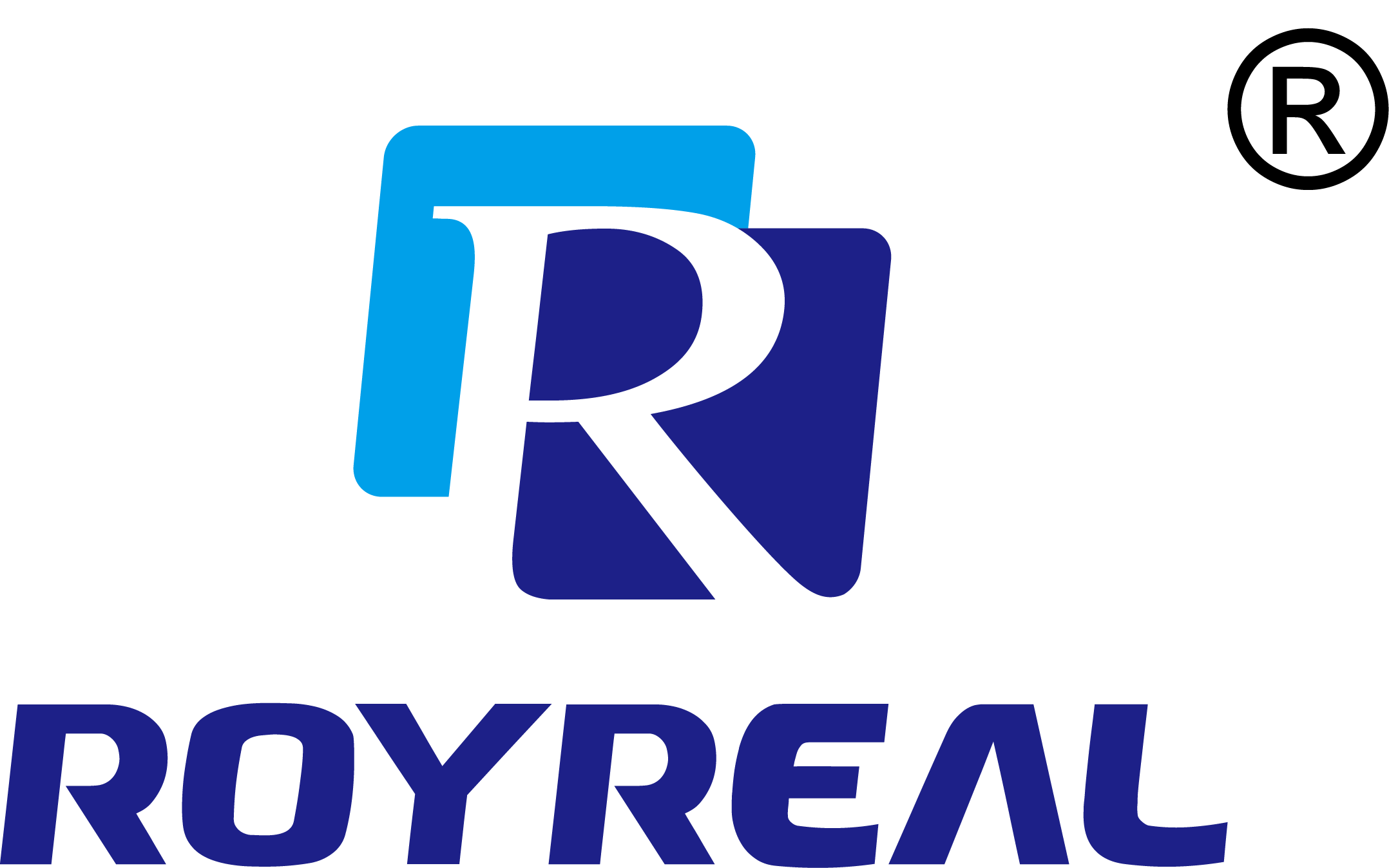Exploring the Calibration Process of Wet Gas Meters for Reliable Readings
Category: Industry News
Time:2024-12-09
Table of Contents:
1. Introduction: Understanding the Importance of Calibration
2. Wet Gas Meters: An Overview
3. Factors Affecting the Accuracy of Wet Gas Meters
4. The Calibration Process: Step-by-Step Guide
4.1 Preparing for Calibration
4.2 Initial Inspection and Cleaning
4.3 Establishing Reference Conditions
4.4 Determining Meter Performance
4.5 Adjusting Meter Settings
4.6 Final Verification and Documentation
5. Common Challenges in Wet Gas Meter Calibration
6. FAQs (Frequently Asked Questions)
6.1 What is the purpose of wet gas meter calibration?
6.2 How often should wet gas meters be calibrated?
6.3 Can wet gas meters be calibrated on-site?
6.4 What are the consequences of inaccurate wet gas meter readings?
6.5 Is calibration necessary for all types of wet gas meters?
7. Conclusion
1. Introduction: Understanding the Importance of Calibration
Calibration plays a crucial role in ensuring the reliability and accuracy of wet gas meters, which are essential instruments used for measuring gas flow rates in various industries. Without proper calibration, the readings provided by these meters may not reflect the true flow rates, leading to erroneous data and potential financial losses. In this article, we delve into the calibration process of wet gas meters, highlighting its significance in obtaining dependable measurements.
2. Wet Gas Meters: An Overview
Wet gas meters are specifically designed to measure the flow rates of gases containing liquid droplets or mist. These meters are widely utilized in industries such as oil and gas, chemical processing, and pharmaceuticals. Their ability to accurately measure the flow rates of wet gases is crucial for process optimization, quality control, and compliance with industry regulations.
3. Factors Affecting the Accuracy of Wet Gas Meters
Several factors can impact the accuracy of wet gas meters, including pressure differentials, temperature variations, gas composition changes, and fluid impurities. Understanding these factors and their potential influence on meter performance is essential for conducting effective calibration.
4. The Calibration Process: Step-by-Step Guide
4.1 Preparing for Calibration
Before initiating the calibration process, it is essential to gather all the necessary equipment and ensure a controlled testing environment. This step involves checking the calibration standards, verifying their validity, and preparing the wet gas meter for assessment.
4.2 Initial Inspection and Cleaning
The wet gas meter undergoes a thorough inspection to identify any visible defects or damages that may hinder accurate measurements. Additionally, the cleaning process removes any contaminants, ensuring optimal meter performance during calibration.
4.3 Establishing Reference Conditions
Establishing reference conditions is crucial for calibrating wet gas meters. This step involves stabilizing temperature, pressure, and gas composition to create a benchmark against which the meter's performance will be evaluated.
4.4 Determining Meter Performance
During this stage, the wet gas meter is subjected to a range of flow rates and conditions to assess its accuracy and repeatability. The data collected is compared to the reference conditions, allowing for adjustments if deviations are detected.
4.5 Adjusting Meter Settings
If discrepancies are found during the performance evaluation, necessary adjustments are made to the meter's settings to align it with the reference conditions. These adjustments may involve recalibrating or fine-tuning specific components of the meter.
4.6 Final Verification and Documentation
Once the meter's settings have been adjusted, a final verification is conducted to ensure that the meter accurately measures the flow rates under various conditions. Detailed documentation of the calibration process, including measurement data and any adjustments made, is recorded for future reference.
5. Common Challenges in Wet Gas Meter Calibration
Calibrating wet gas meters can present various challenges. Some common hurdles include issues related to meter installation, limited access to reference standards, fluctuating gas compositions, and the need for specialized equipment. Overcoming these challenges is crucial for obtaining reliable and precise measurements.
6. FAQs (Frequently Asked Questions)
6.1 What is the purpose of wet gas meter calibration?
Wet gas meter calibration ensures accurate flow rate measurements by aligning the meter with reference conditions and addressing performance discrepancies.
6.2 How often should wet gas meters be calibrated?
The frequency of calibration depends on several factors, including industry regulations, meter usage, and environmental conditions. It is generally recommended to calibrate wet gas meters annually or as specified by industry standards.
6.3 Can wet gas meters be calibrated on-site?
In some cases, wet gas meters can be calibrated on-site using portable calibration equipment. However, certain meter types or intricate calibration requirements may necessitate off-site calibration by specialized service providers.
6.4 What are the consequences of inaccurate wet gas meter readings?
Inaccurate wet gas meter readings can lead to financial losses, process inefficiencies, non-compliance with regulations, and compromised product quality. Calibration helps mitigate these risks by ensuring accurate measurements.
6.5 Is calibration necessary for all types of wet gas meters?
While calibration is essential for most wet gas meters, the specific calibration requirements may vary based on the meter type, industry standards, and regulatory guidelines. Consult the manufacturer's recommendations or industry experts for accurate guidance.
7. Conclusion
The calibration process of wet gas meters is a crucial step in ensuring accurate and reliable measurements. By understanding the intricacies of calibration, addressing common challenges, and adhering to industry standards, businesses can optimize process efficiency, minimize financial risks, and maintain compliance. Embracing the significance of calibration leads to precise readings, ultimately enhancing operational excellence in various industries.
Keywords:
 EN
EN RU
RU SP
SP
